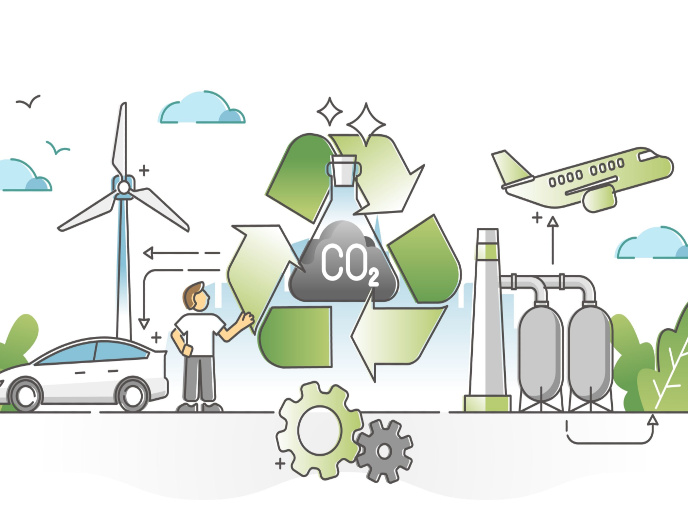Bringing fresh air inside
Dew-point exchangers transfer heat when water evaporates – i.e. changes from a liquid to a vapour. Compared to conventional air conditioning systems, these exchangers increase the cooling capacity and are environmentally friendly. The EU-funded 'Investigation of a novel dew point cooling heat and mass exchanger for air conditioning of buildings in Europe' (DEW-COOL) project set out to increase their effectiveness of current dew-point systems. The project's objective was to develop a novel dew-point heat and mass exchanger to be used in a new air conditioner. The research took place in three stages. The first was the optimisation of the exchanger design and then construction and laboratory testing of the prototypes. Finally, project members conducted an analysis of the economic, environmental and regional acceptance of using dew-point evaporative cooling in Europe. All the tasks were successfully completed. It was found that the most appropriate material would be a thin sheet of thermal conductive metal. Computer modelling was used to optimise the exchanger's geometry, dimensions and other operating parameters. Based on these results, a prototype dew-point heat exchanger and an associated air-conditioning unit were designed and constructed in the laboratory. Further testing resulted in the design of a suitable air conditioning system for commercialisation. The analysis studies concluded that the new system is suitable for most regions within the EU. Compared to a conventional cooling system, the dew-point system has a higher potential for savings on energy bills. Considering that potentially it can be used in some 5 million m2 of building space in Europe, the estimated yearly reduction in carbon dioxide (CO2) emissions across the region would be about 30 000 tonnes.







